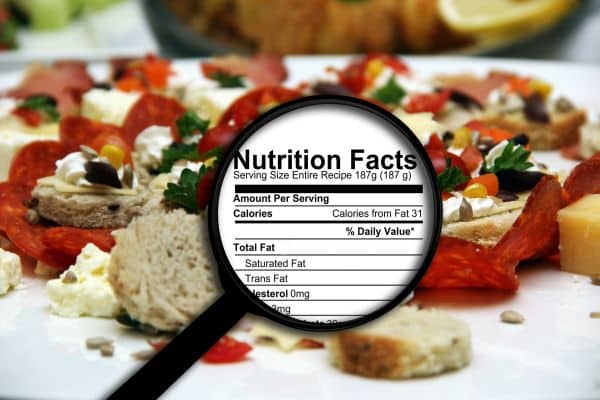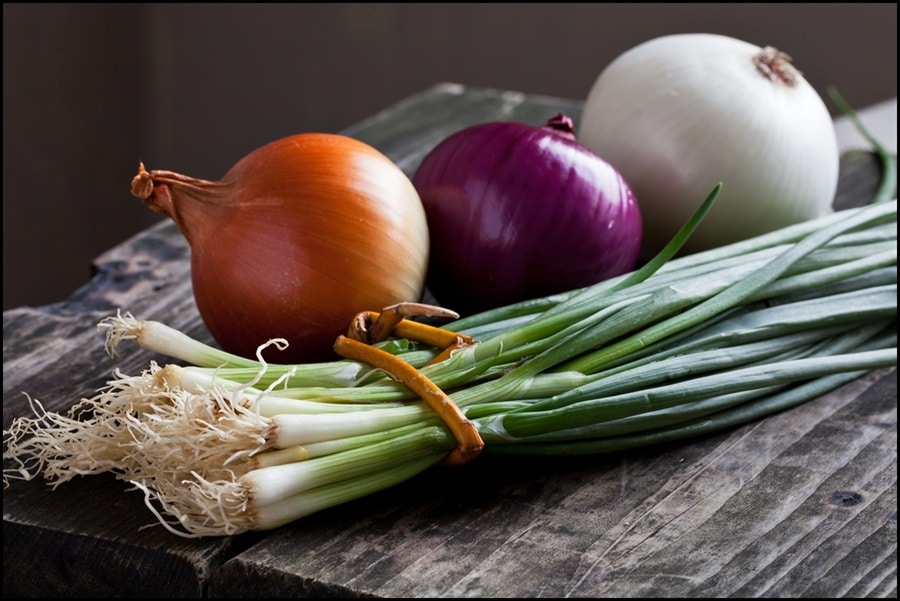Sugar, the sweet culprit behind many health issues, is lurking everywhere in modern diets. A staggering number of people consume more than double the recommended daily intake of sugar, leading to a host of health problems like obesity, diabetes, and heart disease. While most are aware of the dangers, the real challenge lies in identifying hidden sugars in everyday foods. Food labels, often seen as a guide to healthy eating, can be misleading. This post aims to expose the tactics that food companies use to hide the sugar content in their products and empower you to make informed choices.
Contents
- 1 The Importance Of Sugar Awareness
- 2 The Deceptive World Of Food Labels
- 3 The Many Names Of Sugar
- 4 Serving Size Shenanigans
- 5 The Hidden Sugars In “Healthy” Foods
- 6 The Role Of Sugar Substitutes
- 7 The Illusion Of “Reduced Sugar” And “Sugar-Free”
- 8 How To Be A Smart Consumer
- 9 Navigate The Sugar Maze With Confidence!
The Importance Of Sugar Awareness

Sugar is not just an ingredient; it’s a major dietary concern that has been linked to various health issues. The average American consumes about 17 teaspoons of added sugar per day, far exceeding the American Heart Association’s recommendation of 6 teaspoons for women and 9 teaspoons for men. Excessive sugar intake is a leading cause of obesity, which in turn increases the risk of developing other health conditions such as diabetes and heart disease.
Being vigilant about sugar consumption is not just a personal preference but a public health necessity. Governments and health organizations are increasingly focusing on reducing sugar intake, but the onus ultimately falls on the individual. Understanding the amount of sugar in food items and its impact on health is the first step toward making better dietary choices. This awareness is crucial, especially when food companies go to great lengths to obscure the sugar content in their products.
The Deceptive World Of Food Labels

Food labels are supposed to be a reliable source of information, helping consumers understand what they’re putting into their bodies. However, these labels can be anything but straightforward. Companies often use small print and confusing terminology to make it difficult for consumers to understand the actual nutritional content. For instance, terms like “all-natural” or “organic” can give the impression that a product is healthy, even when it’s loaded with sugar.
The problem extends beyond just confusing terms. Regulatory bodies have guidelines for food labeling, but they often leave room for interpretation. This gray area allows companies to exploit loopholes, making it even more challenging for consumers to make informed choices. For example, a product might boast “no added sugars” but still contain high levels of natural sugars, which can be equally detrimental to health.
The Many Names Of Sugar

When scanning a food label, you might not even see the word “sugar” listed. That’s because sugar goes by many names, making it easier for companies to hide its presence. High-fructose corn syrup, sucrose, and agave nectar are just a few of the alternative names that you might encounter. These aliases can make it incredibly challenging to identify added sugars, especially for those who are not well-versed in nutritional terminology.
The use of different names for sugar is a calculated move by food companies to make their products appear healthier than they are. By scattering different types of sugars throughout the ingredients list, they can avoid having sugar appear as the first or second ingredient, which would be a red flag for many consumers. This tactic not only misleads consumers but also makes it difficult to calculate the total amount of sugar in a product, further emphasizing the need for consumer education and vigilance.
Serving Size Shenanigans

One of the most deceptive tactics employed by food companies is manipulating serving sizes on nutritional labels. You might think you’re consuming a reasonable amount of sugar, only to discover that the serving size is unrealistically small. For example, a bottle of iced tea may list its sugar content based on an 8-ounce serving, even though the bottle contains 16 ounces. This can easily lead you to underestimate the amount of sugar consumed.
Understanding serving sizes is crucial for making informed dietary choices. Always check the serving size and calculate how many servings are actually in the entire package. This will give you a clearer picture of the total sugar content. It’s also a good idea to compare the serving sizes of similar products, as they can vary significantly, making one product appear healthier than another when it’s actually not.
The Hidden Sugars In “Healthy” Foods

Foods that are marketed as “healthy” can often contain hidden sugars. Take yogurt, for example. While it’s generally considered a healthy snack rich in protein and probiotics, many flavored yogurts are loaded with added sugars. Similarly, granola bars and smoothies, often perceived as healthful options, can be sugar traps. These foods are particularly insidious because they give the impression of being good for you, making it easier to overlook their sugar content.
Marketing plays a significant role in this deception. Phrases like “packed with nutrients” or “a healthy snack option” divert attention from the sugar content. Always read the nutritional information, even for foods that are marketed as healthy. Look beyond the marketing claims and focus on the ingredients and nutritional facts to make an informed decision.
The Role Of Sugar Substitutes

Sugar substitutes like Stevia and Aspartame are often touted as healthier alternatives to traditional sugar. These substitutes can be found in a variety of “sugar-free” or “low-calorie” products. While they may contain fewer calories, it’s essential to consider their impact on your overall diet and health. Some studies suggest that artificial sweeteners can still trigger cravings for sugary foods, leading to increased calorie consumption from other sources.
It’s also worth noting that “sugar-free” doesn’t mean “calorie-free” or “healthy.” Products with sugar substitutes can still contain other unhealthy ingredients like saturated fats or high levels of sodium. Therefore, it’s crucial to read the entire nutritional label and not just focus on the sugar content when evaluating the healthfulness of a product.
The Illusion Of “Reduced Sugar” And “Sugar-Free”

Labels like “reduced sugar” or “sugar-free” can be incredibly misleading. While they may imply a healthier option, it’s essential to understand what these terms actually mean. “Reduced sugar” simply means the product has less sugar than the regular version, but it could still contain a significant amount. Similarly, “sugar-free” products may not have added sugars but could be high in natural sugars or other unhealthy ingredients.
Regulatory loopholes make these labels even more deceptive. In some cases, companies can use these terms even if the product contains other forms of sweeteners that have similar effects on your body as sugar. Always read the nutritional information carefully and compare it with other products to get a more accurate understanding of how much sugar you’re actually consuming.
How To Be A Smart Consumer

Navigating the maze of misleading labels and hidden sugars requires a proactive approach. One effective strategy is to use apps and tools that scan barcodes and provide a more straightforward breakdown of nutritional content. These tools can be particularly helpful when shopping for groceries, allowing you to make healthier choices on the spot. Additionally, consider making a list of common sugar aliases to help you quickly identify hidden sugars when reading food labels.
Advocacy also plays a role in becoming a smart consumer. Push for clearer food labeling through petitions or by supporting organizations that aim for transparency in food labeling. The more people demand honest and straightforward information, the more likely companies are to comply. Remember, knowledge is power, and the more you know, the better choices you can make for your health.
Sugar is everywhere, often lurking in places you’d least expect. This post has shed light on the various tactics food companies use to hide or obscure the sugar content in their products. While it’s easy to be deceived, you have the tools to make informed decisions. The first step is awareness, and the next is action. Don’t let hidden sugars sabotage your health. Take control by reading labels carefully, using available tools, and advocating for clearer food labeling. Make smarter choices today for a healthier tomorrow.


